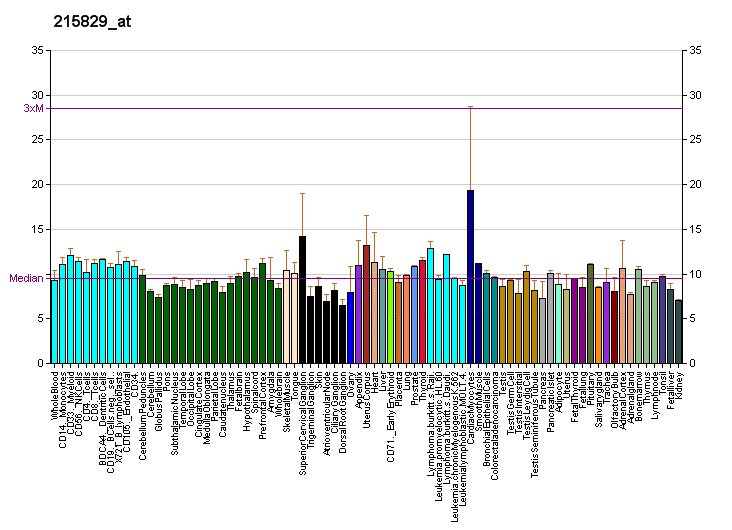Entrez 22941 | Ensembl ENSG00000162105 | |
 | ||
Aliases SHANK2, AUTS17, CORTBP1, CTTNBP1, ProSAP1, SHANK, SPANK-3, SH3 and multiple ankyrin repeat domains 2 External IDs MGI: 2671987 HomoloGene: 105965 GeneCards: SHANK2 | ||
SH3 and multiple ankyrin repeat domains protein 2 is a protein that in humans is encoded by the SHANK2 gene. Two alternative splice variants, encoding distinct isoforms, are reported. Additional splice variants exist but their full-length nature has not been determined.
Contents
Function
This gene encodes a protein that is a member of the Shank family of synaptic proteins that may function as molecular scaffolds in the postsynaptic density (PSD). Shank proteins contain multiple domains for protein-protein interaction, including ankyrin repeats, an SH3 domain, a PSD-95/Dlg/ZO-1 domain, a sterile alpha motif domain, and a proline-rich region. This particular family member contains a PDZ domain, a consensus sequence for cortactin SH3 domain-binding peptides and a sterile alpha motif. The alternative splicing demonstrated in Shank genes has been suggested as a mechanism for regulating the molecular structure of Shank and the spectrum of Shank-interacting proteins in the PSDs of adult and developing brain.
It is thought that SHANK2 might play a role in synaptogenesis by attaching metabotropic glutamate receptors (mGluRs) to an existing pool of NMDA receptors (NMDA-R), bylinking to the NMDA-R through PSD-95, and the mGluRs through HOMER1. An alternative hypothesis is that the Homer/Shank/GKAP/PSD-95 assembly mediates physical association of the NMDAR with IP3R/RYR and intracellular Ca2+ stores.
Interactions
SHANK2 has been shown to interact with:
